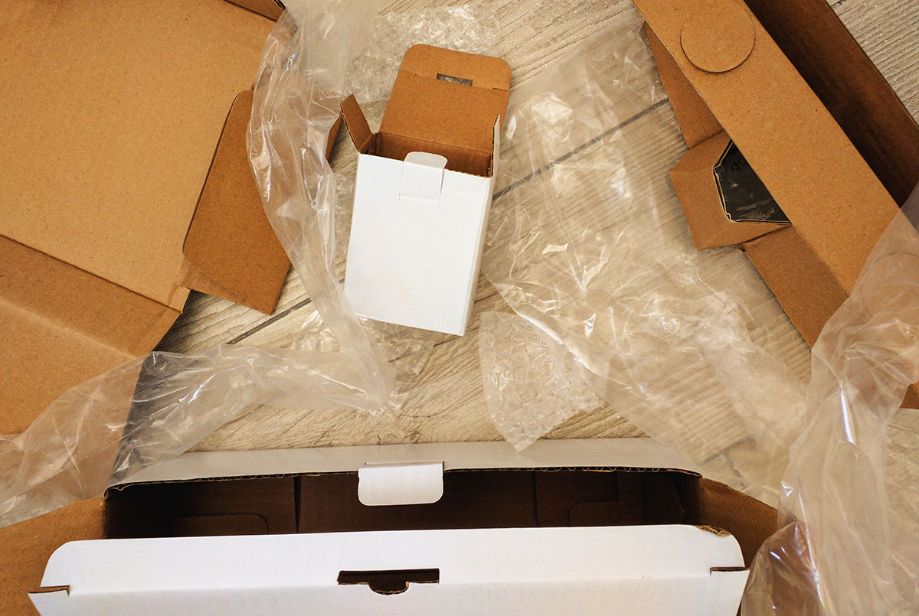Structuring each shift with plenty of time to clean before the next shift comes in gives warehouse workers plenty of time to sanitize equipment and employee break areas. If you notice that your order fulfillment times are slowing due to extra cleanliness measures, consider hiring an outside cleaning service to conduct thorough sanitation on a weekly, or even daily, basis.
Other considerations include employee break areas, bathrooms, smoking areas, and even vending machines. You may wish to consider ceasing operations of vending machines for the time being and implementing stringent handwashing and bathroom cleanliness policies. Many warehouses also have set lunch break times, where most workers gather in a shared break room. However, social distancing means that you'll have to change the layout of these shared areas, reducing the occupancy rate to adhere to social distancing. Stagger employee lunch breaks so that you can comply with the distancing rules and post policies about cleaning the shared areas in prominent positions.
Protective Equipment
Masks and gloves are a requirement in many workplaces now and will help reduce the spread of COVID-19. As an employer, you may have the option to require employees to wear their own masks, or you may opt to provide disposable masks and gloves at the start of each shift.
Personal protective gear is only as effective as the people maintaining it. Fabric masks should be washed often, and employees should avoid touching their faces, even when wearing gloves. Changing gloves often and washing hands or using hand sanitizer frequently will help reduce the risk of the virus spreading. Teaching employees how to wear personal protective gear properly is important for their protection.
Implementing Changes In Practice
A facility in Pottsville, PA, which is affiliated with Saks Fifth Avenue, is providing personal protective gear for its employees. Many facilities are challenged with social distancing on the production line, although staggered shifts seem to be helping.
Other places are using "pick zones" that reduce employee interaction in certain choke point areas, places where the structural layout of the facility means that it's impossible to maintain distancing. Traffic flow in the picking areas should be mapped out on the floor to minimize interaction.
Wiping down SKU readers and other equipment before use is already in practice at many facilities, and employers are providing plenty of wipes that won't damage the equipment for worker use. Periodically wiping down the equipment during each shift is also part of new mandatory practices. For wearable equipment, assign each employee a particular set to use for the duration of the pandemic – no shared wearables and headsets.
Employers should also be transparent about the risks in the workplace, making sure that workers know how long the virus can remain alive on certain surfaces and conducting interactive training to demonstrate how to properly clean and sanitize their work areas.
Takeaway














